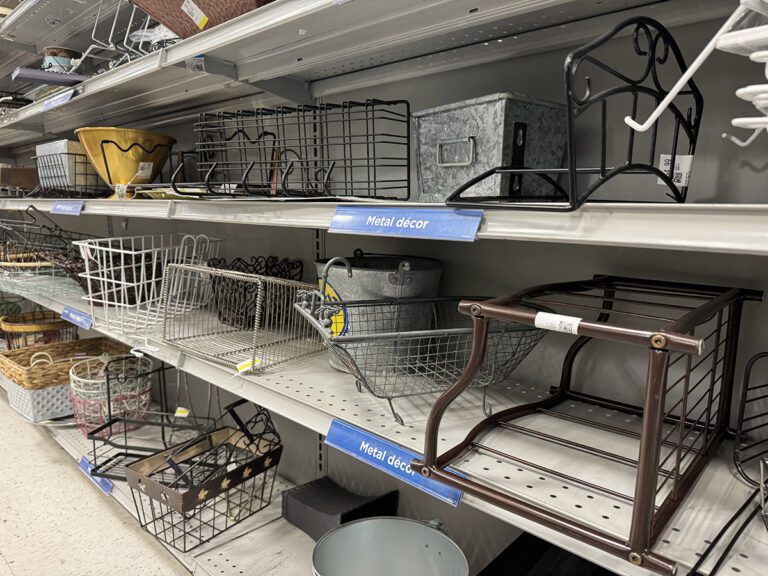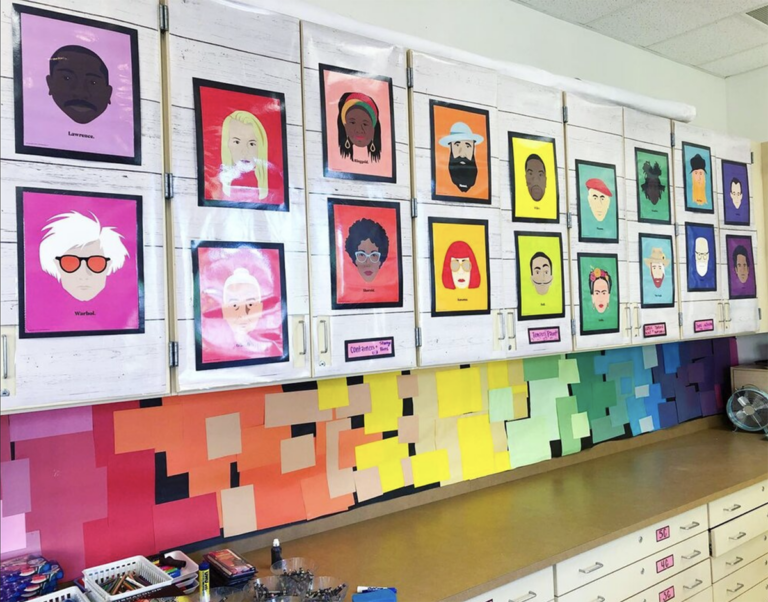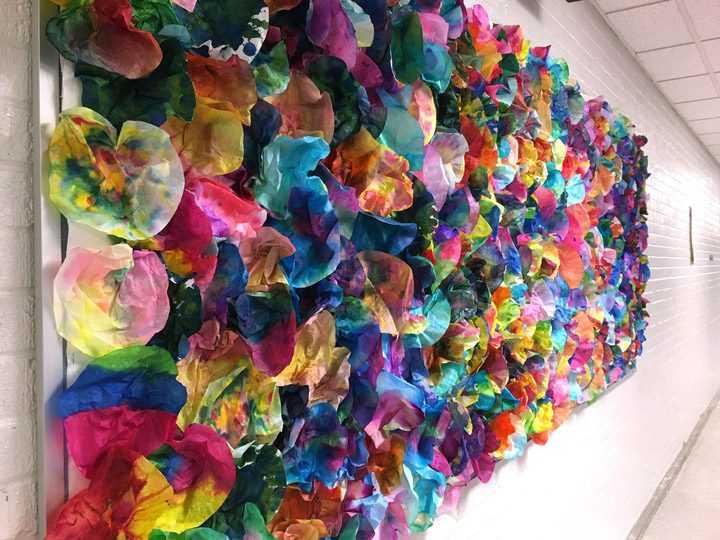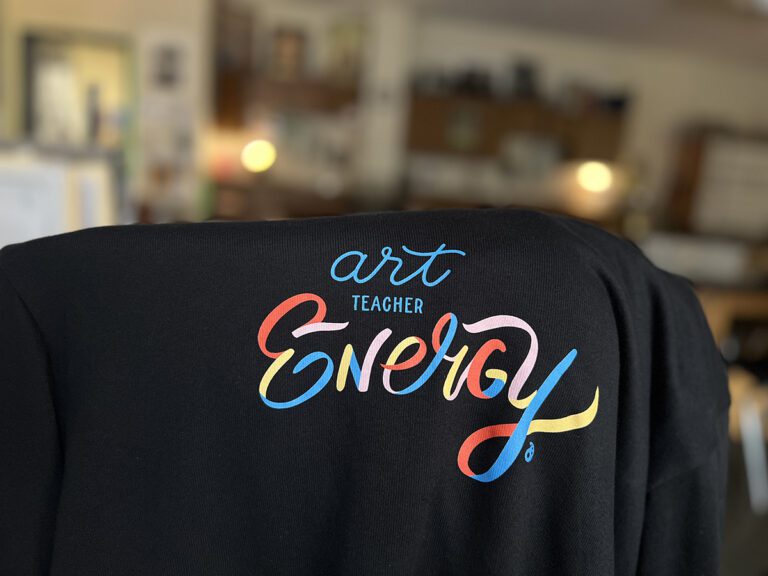Today I’d love to talk about art teacher hands. If you’re not familiar with the term, perhaps you know them better as the dry, cracked, flakey things at the end of your arms.
In all seriousness though, having your hands in materials like clay, paint and paper mache all day can make for some pretty unpleasant skin conditions. Not to mention all the hand washing during cold and flu season. I personally struggle with scaly rashes, splitting nails and cracking cuticles. Or should I say, I struggled with these conditions. But, no more! My art teacher hands have been cured.
What’s my secret? Well, I feel a little guilty telling you this, but my secret is really, really expensive hand lotion. Like, twenty-dollar-per-bottle hand lotion. Like, only-have-it-if-someone-buys-it-off-of-your-holiday-wish-list lotion. But, in my experience, it has been so worth it. So without further ado, the best lotion I’ve ever found for art teacher hands is Aveda Hand Relief.
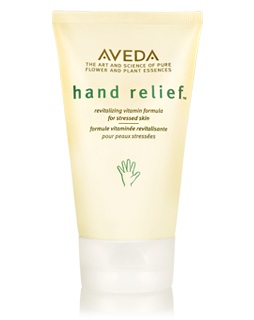
There are a few reasons why I love this product. One reason is that the thick formula absorbs almost immediately, meaning I don’t have to teach with greasy hands. Another reason I love Hand Relief is that it lasts forever. Believe me when I say a little goes a long way. Finally, the scent is light and earthy, meaning it works well for both men and women. I cannot say enough about how this lotion has helped me through the winter season.
If you’d like to purchase Aveda Hand Relief you can use the store locator feature on the website, or order directly online. Or better yet, why not just add it to your holiday wish list. I know that’s what I’ll be doing.
Tell us, do you have a favorite lotion you use to keep art teacher hands at bay?
We’d love to hear about it in the comments section.
Magazine articles and podcasts are opinions of professional education contributors and do not necessarily represent the position of the Art of Education University (AOEU) or its academic offerings. Contributors use terms in the way they are most often talked about in the scope of their educational experiences.

